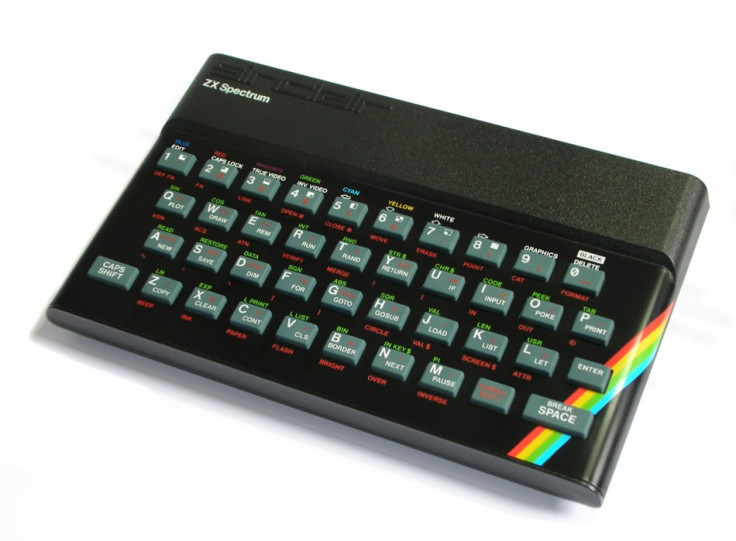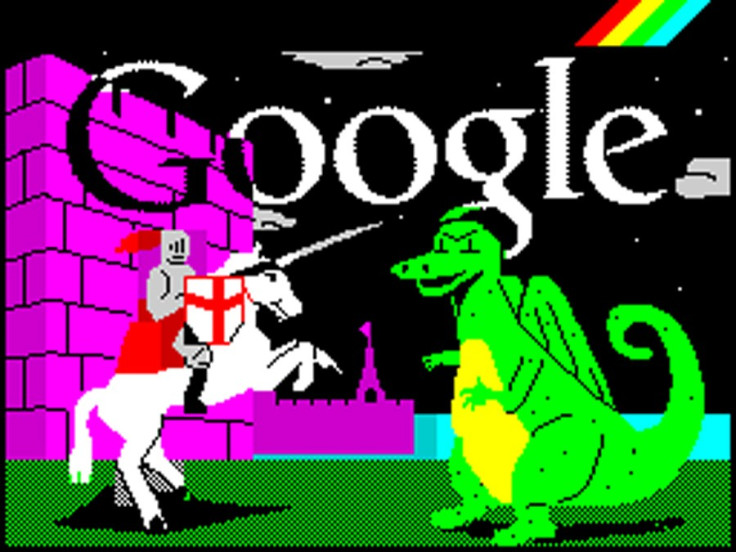ZX Spectrum 30 Years On [VIDEO]

We live in a world of bedroom coders creating apps in mere hours and Instagram selling for $1bn, but rather than Apple's App Store, it was the launch of the ZX Spectrum in 1982 that kick-started the programming revolution.
Launched on 23 April, 1982 and the brainchild of inventor extraordinaire Sir Clive Sinclair, the ZX Spectrum was considerably cheaper than its rivals, retailing at £125 for the basic 16 kilobyte (kB) model and £175 for a 48kB model.
While younger members of IBTimes UK staff refuse to believe that computers existed before the mid-1990s and look back fondly to the novelty of blowing into a Nintendo 64 game to make it work, the real grandfather of games consoles was the ZX Spectrum.
The Spectrum got its name from its ability to display colour, in a world where previously computers could only manage grayscale; text could be displayed in 32 columns with 24 rows of characters, and there were eight colours that could each be shown in two shades.
In 30 years technology has improved by a staggering amount; to add some perspective, the £22 Raspberry Pi computer has a processor 200 times more powerful than the ZX Spectrum.
With regard to the Raspberry Pi and teaching young people to code, the ZX Specturm's original engineer, Richard Altwasser, told the BBC: "I'm an engineer so I'm delighted at the thought that people are going to be encouraged through the availability of the Raspberry Pi to learn to do programming. If I look at the capability of that machine - the graphics pixel rate is 140 times greater, the processor speed is 200 times greater, there's thousands of times more memory.
"So you would think the speed and power of that device compared with the ZX Spectrum gives it every possible advantage. But my impression is that the attention span of young people over the last 30 years has probably not lengthened.
"What is important is not the technical speed of the device but the speed with which a user can get their computer out of a box and type in their first programme."
And it was this speed that made the Spectrum a success. With an understanding of the BASIC computer language, users could begin writing their own programmes with ease and a cult soon developed.
Programmers would share code with each other and specialist magazines published code to be copied and modified by readers. This sense of community between ZX Spectrum developers remains, with the World of Spectrum website offering up new games and programmes to this day.
Google celebrated the ZX's 30th anniversary with an eight-bit Google Doodle (below) on the site's homepage depicting St George slaying a dragon (as it's also St George's day). The doodle measures in at just 256 x 192 pixels - the maximum resolution the Spectrum could manage..
Priced at almost half that of its rival - the BBC Micro - the ZX Spectrum gave bedroom coders the chance to not just use programmes and play games, but to make them from scratch in what would be looked back on as the dawn of the personal computer age.
Sir Clive predicted a future where there would be a personal computer in every home - a prediction many at the time couldn't see as computers were seen as tools, rather than sources of entertainment.

In 1986 the Spectrum name was sold to Alan Sugar and his Amstrad business for £5m, who continued to market, build and distribute the ZX until production ended in 1992.
During its ten-year life span the ZX Spectrum earned Sinclair a knighthood for services to British industry and went on to sell more than five million units, spawning the development of over 23,000 software titles - as a credit to its success, programmes for the ZX Spectrum are still being made today.
© Copyright IBTimes 2025. All rights reserved.






















